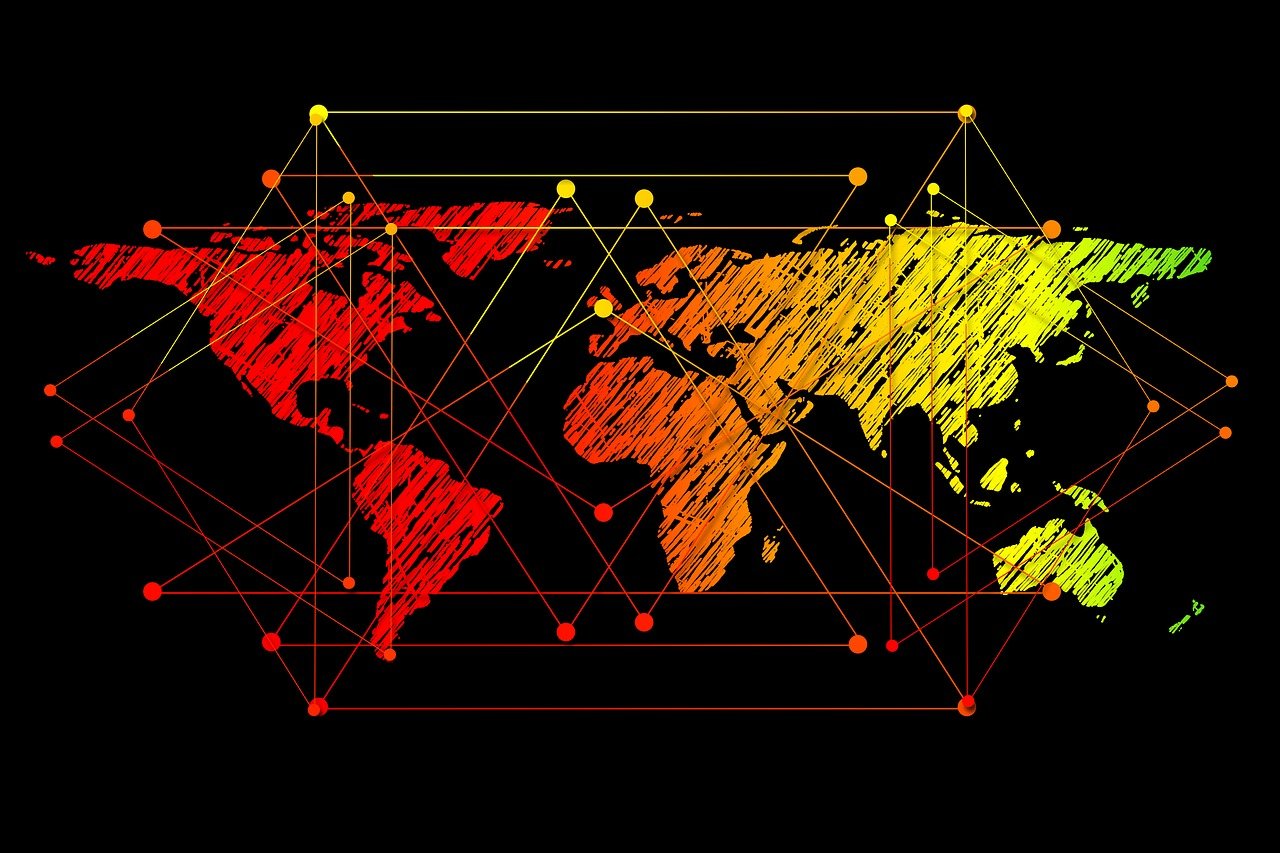Shuen Chun-wa, 81, and her husband hurried toward a green bus with two dozen other Hong Kong residents, dragging empty suitcases. They had purple tour stickers on their jackets and were headed to shop in Shenzhen, a bustling Chinese city that sits on the northern side of the border with Hong Kong.
It was Ms. Shuen’s second trip to Shenzhen to find bargains in a year. Last time, she got dental implants. “You can count how much I need to pay,” she said. She paid $9,000 in Shenzhen for a procedure that would have cost $25,000 in Hong Kong. “I don’t have the money. So I went to Shenzhen.”
Since China opened its borders in January 2023 after several years of pandemic isolation, Hong Kong residents have made Shenzhen a weekend destination to shop, dine and, yes, even visit the dentist.
Tired of high costs, poor service and limited choices at home, Hong Kongers are going to Shenzhen to buy groceries, go out for meals and discover new bubble tea shops. Hong Kong remains one of the most unaffordable cities in the world, and its battered economy and plunging stock market have made everyone more money conscious. In China, a stalling economy has led to a steady decline in prices, falling by the most since the global financial crisis in 2009 and verging on a phenomenon known as deflation.
The shopping migration is a reversal of the days when mainland Chinese flocked to Hong Kong to shop for everything from luxury bags to baby formula. Now for Hong Kongers, China’s slowdown offers a rare break in prices. All it takes is a short bus or subway trip across the border to the mainland.

